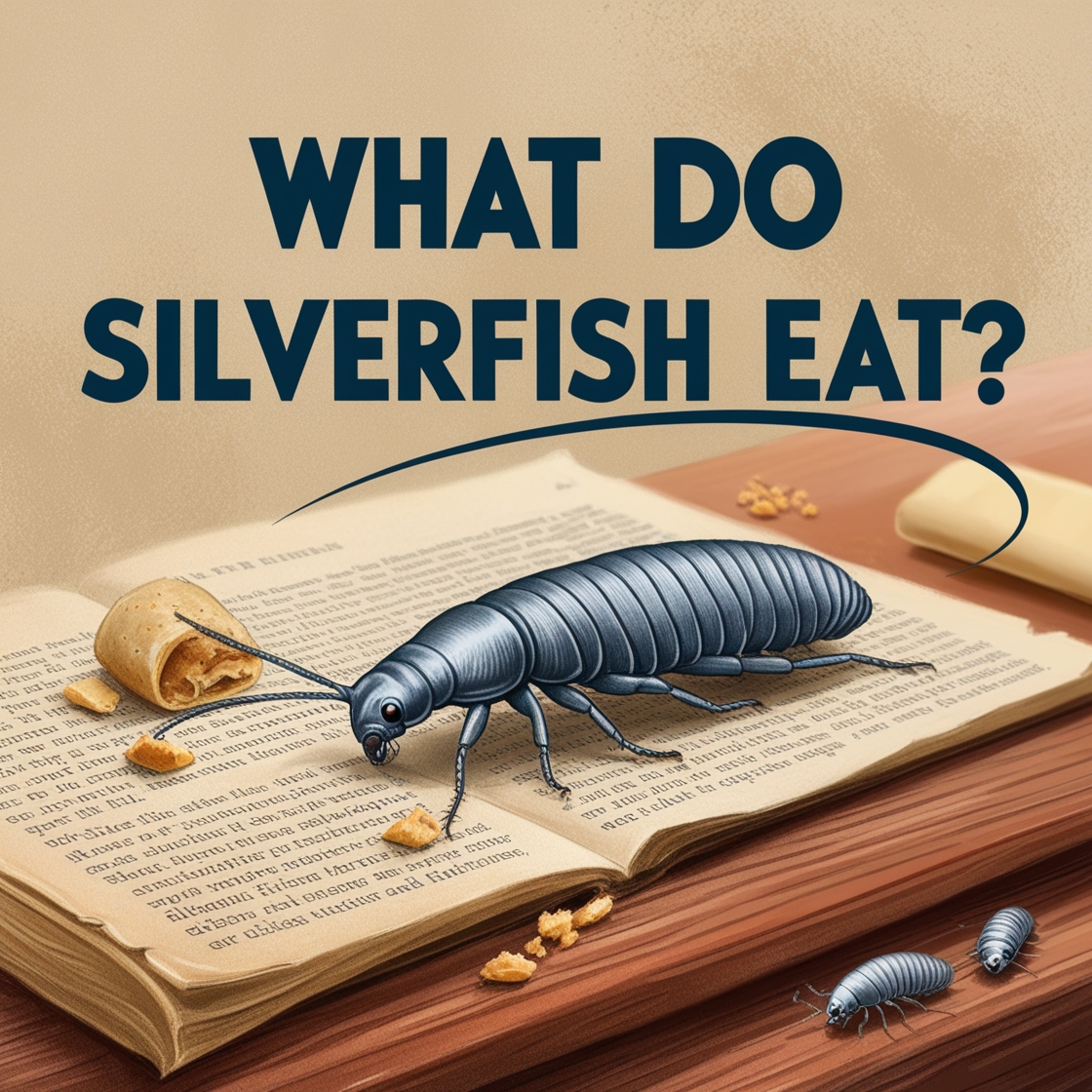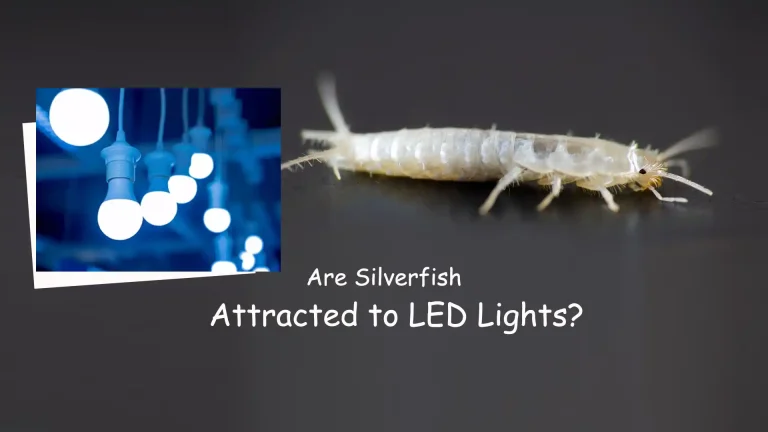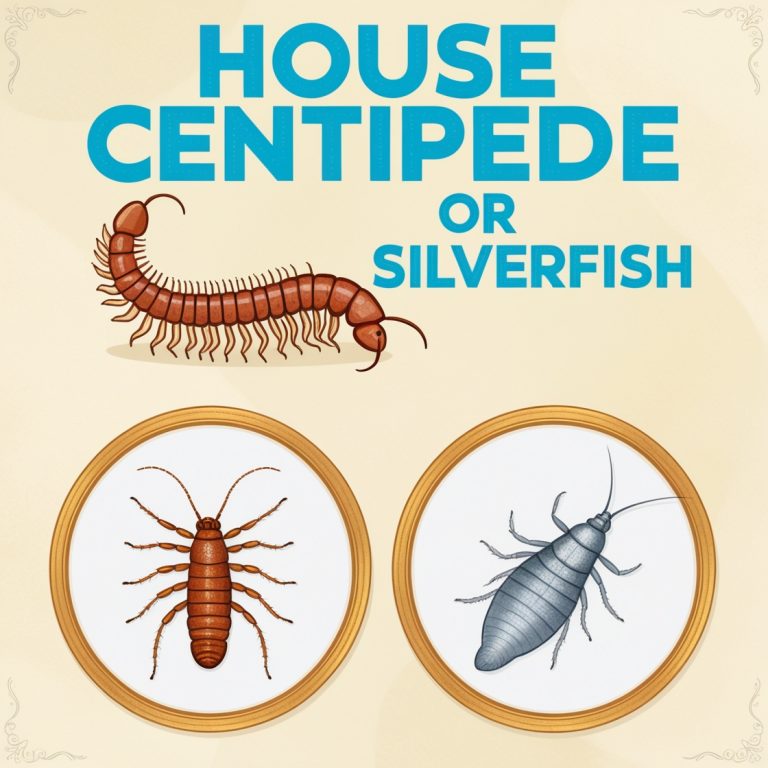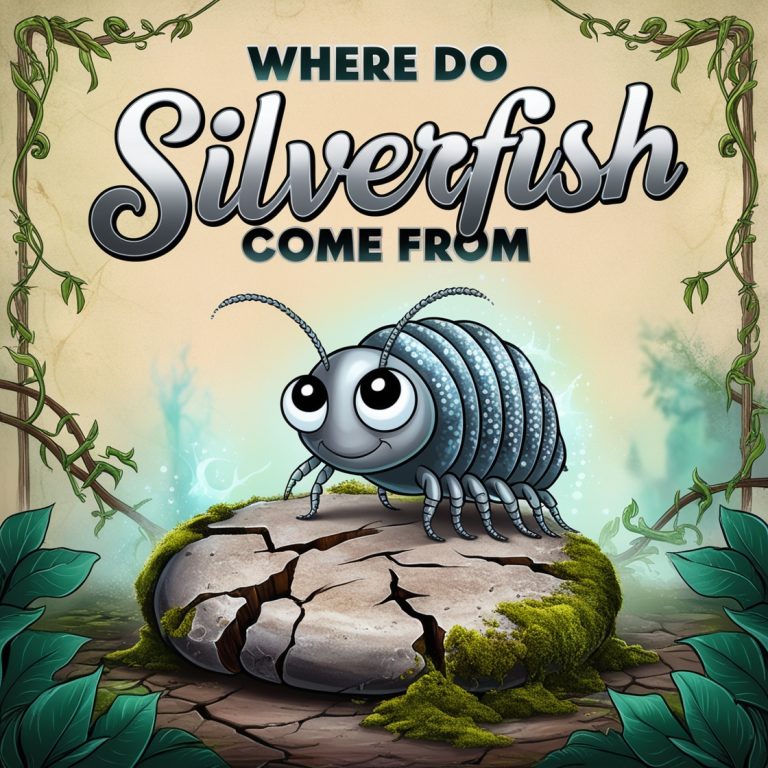What Do Silverfish Eat? Surprising Facts About Their Diet

Discover what do silverfish eat, including starches and even clothes! If you spot these pests in your home, call Orkin for expert pest control in Northern Virginia.
Introduction to Silverfish
Silverfish are fascinating yet often unwelcome guests in our homes. These elusive pests have been around for millions of years, adapting to various environments and becoming a common household nuisance. In this article, we’ll explore the surprising diet of silverfish, the damage they can cause, and how to protect your home from these resilient insects.
What are silverfish?
Silverfish are small, wingless insects known for their fish-like appearance and silvery-gray scales. These nocturnal creatures are typically found in damp and humid areas of homes, such as bathrooms, basements, and attics. Silverfish are known for their ability to thrive in a wide range of environments, making them a persistent pest problem for many homeowners.
Why are silverfish considered pests?
Silverfish are considered pests due to their destructive feeding habits and their ability to reproduce quickly in favorable conditions. These insects can cause significant damage to personal belongings and household items, making them a nuisance for homeowners. Understanding what silverfish eat and how they behave is crucial for effective pest control and prevention.
The Surprising Diet of Silverfish
One of the most intriguing aspects of silverfish is their diverse diet. These adaptable creatures have evolved to feed on a variety of substances, some of which might surprise you.
Common pantry items silverfish eat
Silverfish are known to eat food found in your pantry, making your kitchen a prime target for infestation. These pests have a particular fondness for items containing carbohydrates and starches. Some common pantry items that attract silverfish include:
1. Cereals and grains
2. Flour and sugar
3. Dried pasta
4. Oats and other breakfast cereals
Silverfish don’t just eat these items; they can also contaminate your food sources with their droppings and shed skin, making proper food storage essential.
Silverfish’s appetite for paper
One of the most surprising aspects of the silverfish diet is their ability to eat paper products like books, wallpaper, and cardboard boxes. This unusual food source for silverfish is due to the cellulose content in paper, which these insects can digest. Silverfish are known to eat:
1. Book bindings and pages
2. Wallpaper and its adhesive
3. Cardboard boxes and packaging
4. Photo albums and important documents
This paper-eating habit can lead to significant damage to personal belongings and valuable items stored away in attics, basements, or storage areas.
The truth about silverfish eating clothes
Many homeowners are concerned about silverfish eat clothes. While it’s true that silverfish like clothes made from natural fibers, they don’t eat fabric for its nutritional value. Instead, silverfish are attracted to the starches and sizing agents used in clothing production. Fabrics that silverfish prefer include:
1. Cotton
2. Linen
3. Silk
4. Synthetic fabrics with food or beverage stains
To prevent silverfish damage to your wardrobe, it’s essential to keep your closet clean, dry, and well-ventilated.
Silverfish Damage: Beyond Their Diet
While understanding what silverfish eat is crucial, it’s equally important to recognize the extent of damage these pests can cause beyond their dietary habits.
Signs of silverfish infestation
Identifying a silverfish infestation early can help prevent extensive damage. Here are some telltale signs to look out for:
1. Small, pepper-like droppings
2. Yellow stains on fabric or paper
3. Holes or notches in books, wallpaper, or clothing
4. Shed silverfish skin in dark, humid areas
If you see silverfish or notice these signs, it’s crucial to take action quickly to prevent the problem from escalating.
How silverfish damage your home
Silverfish damage extends beyond eating your belongings. These pests can:
1. Stain fabrics and papers with their droppings
2. Weaken structural elements by feeding on wallpaper paste
3. Contaminate food sources in your pantry
4. Create unsightly holes in books and important documents
Understanding the extent of silverfish damage can help motivate homeowners to take preventive measures and seek professional pest control when necessary.
Factors Attracting Silverfish to Your Home
To effectively combat a silverfish infestation, it’s essential to understand what attracts these pests to your living space.
Climate and location preferences
Silverfish thrive in specific environmental conditions. They prefer:
1. High humidity levels (between 75-95%)
2. Moderate temperatures (70-80°F)
3. Dark, undisturbed areas
These conditions are often found in basements, attics, and bathrooms, making these areas prime locations for silverfish to establish their colonies.
Moisture and humidity: A silverfish’s paradise
Damp and humid areas are particularly attractive to silverfish. They seek out moisture-rich environments because:
1. It helps them stay hydrated
2. It provides ideal conditions for laying eggs
3. It often coincides with the presence of their preferred food sources
Reducing moisture and humidity in your home can make it less inviting to silverfish and other pests.
Protecting Your Home from Silverfish
Now that we understand what attracts silverfish and the damage they can cause, let’s explore ways to protect your home from these persistent pests.
DIY methods to get rid of silverfish
There are several steps you can take to prevent silverfish infestations and get rid of existing problems:
1. Use dehumidifiers in damp areas
2. Seal cracks and crevices where silverfish might enter
3. Store food in airtight containers
4. Keep your home clean and free of crumbs and spills
5. Use natural repellents like cedar or lavender
While these methods can be effective, severe infestations may require professional intervention.
Safeguarding your pantry from silverfish
Your pantry and kitchen are particularly vulnerable to silverfish infestations. To protect these areas:
1. Store dry goods in airtight containers
2. Regularly clean and inspect your pantry
3. Use bay leaves or other natural repellents in storage areas
4. Keep your pantry well-ventilated and dry
By taking these precautions, you can make your pantry less attractive to silverfish and other pests.
Professional Pest Control for Silverfish
While DIY methods can be effective for minor infestations, sometimes professional help is necessary to fully address a silverfish problem.
When to call a professional
Consider contacting a professional pest control service if:
1. You’ve tried DIY methods without success
2. The infestation is widespread or recurring
3. You’re dealing with significant silverfish damage
4. You want a comprehensive, long-term solution
Professional pest control companies have the expertise and tools to effectively eliminate silverfish infestations and prevent future problems.
Effective silverfish pest control treatments
Professional pest control treatments for silverfish may include:
1. Targeted insecticide applications
2. Moisture control solutions
3. Sealing entry points
4. Ongoing monitoring and prevention strategies
Companies like Orkin and Extermpro offer specialized services for silverfish control in many areas, including Northern Virginia.
Frequently Asked Questions
To wrap up our discussion on silverfish and their diet, let’s address some common questions about these persistent pests.
Can silverfish bite or sting?
Silverfish don’t bite or sting humans. While they can be a nuisance and cause damage to your belongings, they pose no direct threat to human health.
What does it mean when you find silverfish in your home?
Finding silverfish in your home often indicates:
1. High humidity levels
2. The presence of readily available food sources
3. Potential entry points for pests
4. Areas that may require better moisture control
Addressing these underlying issues can help prevent future infestations.
How to identify silverfish: Small gray bugs with antennas
Silverfish are easily identifiable by their:
1. Fish-like, tapered body shape
2. Silvery-gray color
3. Three long bristles at the rear
4. Two long antennae at the front
Knowing how to identify these pests can help you spot an infestation early and take appropriate action.
In conclusion, understanding what silverfish eat and how they behave is crucial for effective pest control. By addressing the factors that attract silverfish and taking proactive measures to protect your home, you can minimize the risk of infestation and prevent damage to your belongings. Remember, if you’re dealing with a persistent silverfish problem, don’t hesitate to seek professional help. With the right approach, you can keep your home free from these ancient yet persistent pests.






